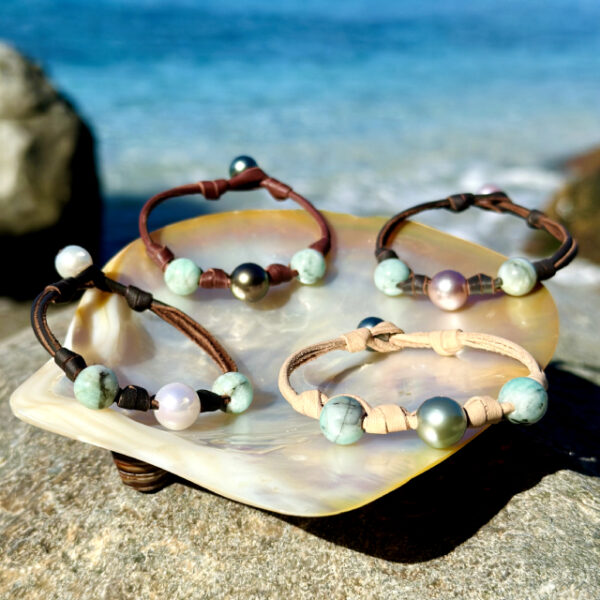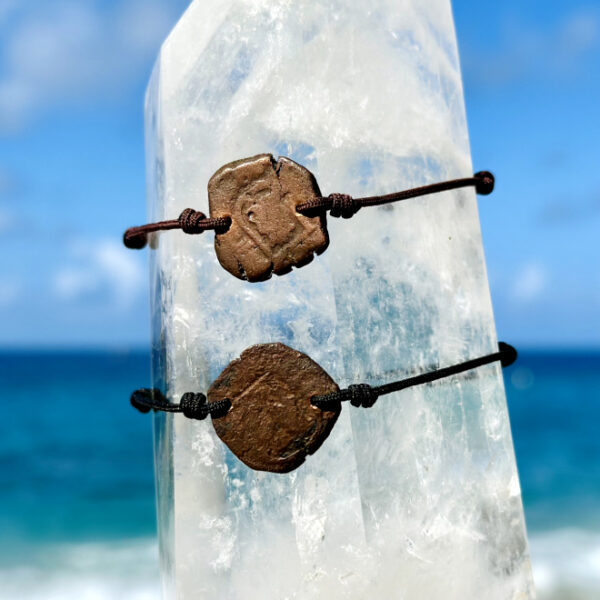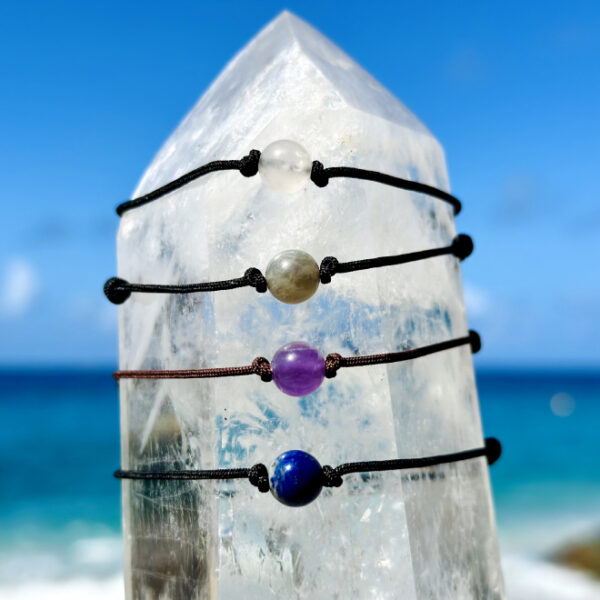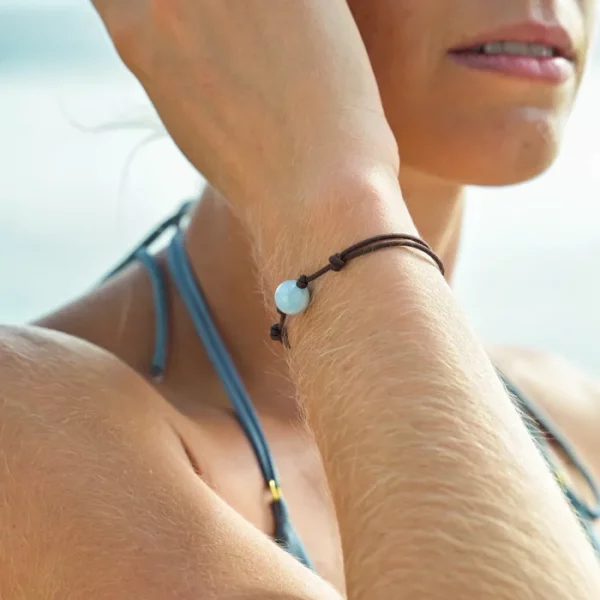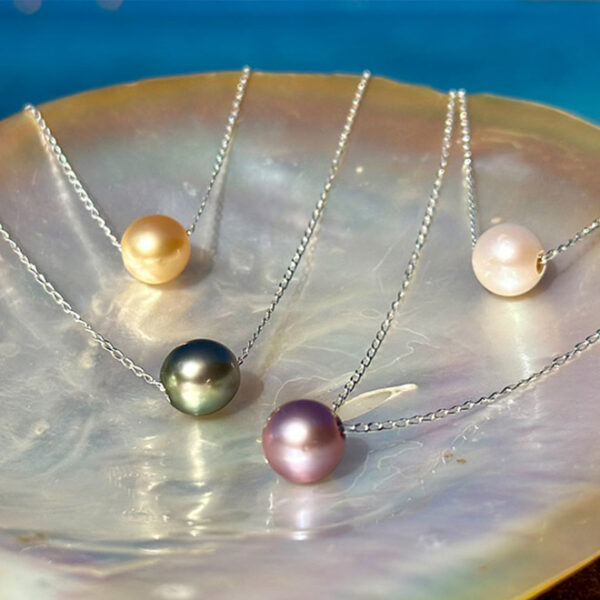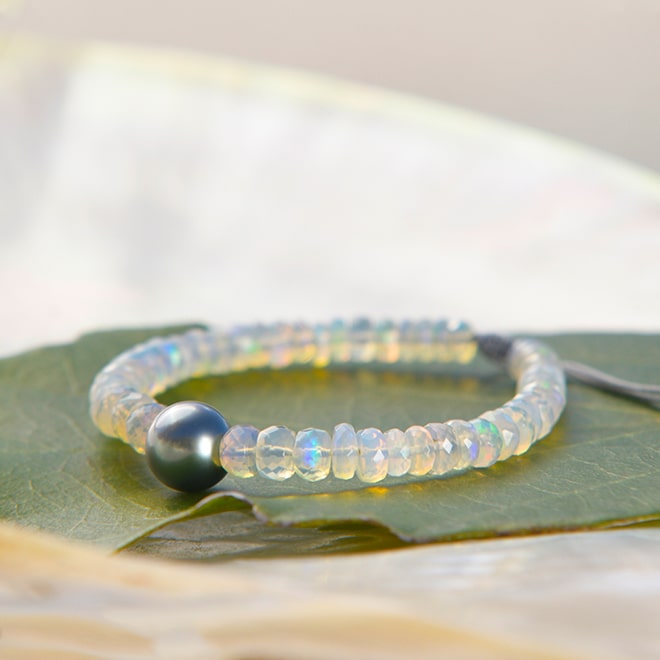

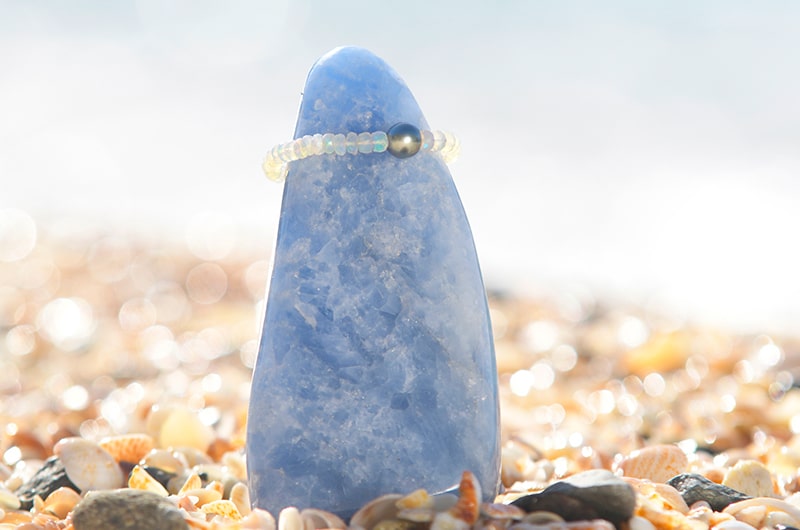

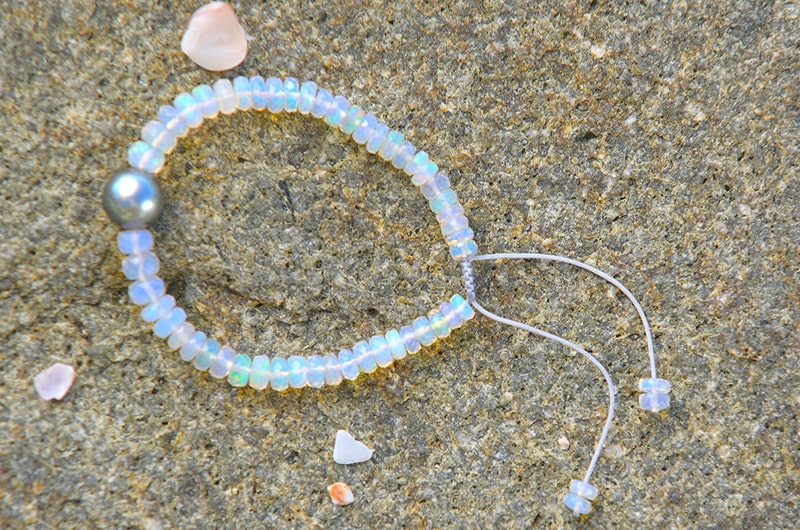
Opals And Round Tahitian Pearl Adjustable Bracelet
245,00€
In stock
Are you looking for a trendy bracelet that will complement your unique style of the moment? So, check out our new Ethiopian opal bracelet! This magnificent adjustable bracelet is made of Ethiopian opals with multiple reflections, all mounted on very resistant polyester thread. Accompanied by a precious round Tahitian pearl, this bracelet is synonymous with natural elegance.
Even if this bracelet with Tahitian pearl is adjustable, you can specify the size of the bracelet you want when ordering for an optimal adjustment. This way, no fear of being disappointed with the size of your jewelry. This one will suit you perfectly!
See more
Frequently asked questions
What makes Kalinas Perles jewelry unique?
How to choose a Tahitian pearl for a necklace?
What are the differences between Australian pearls and Keishi pearls?
SOME INSPIRATIONS
Discover our unique jewelry collections, each with its own story to tell !
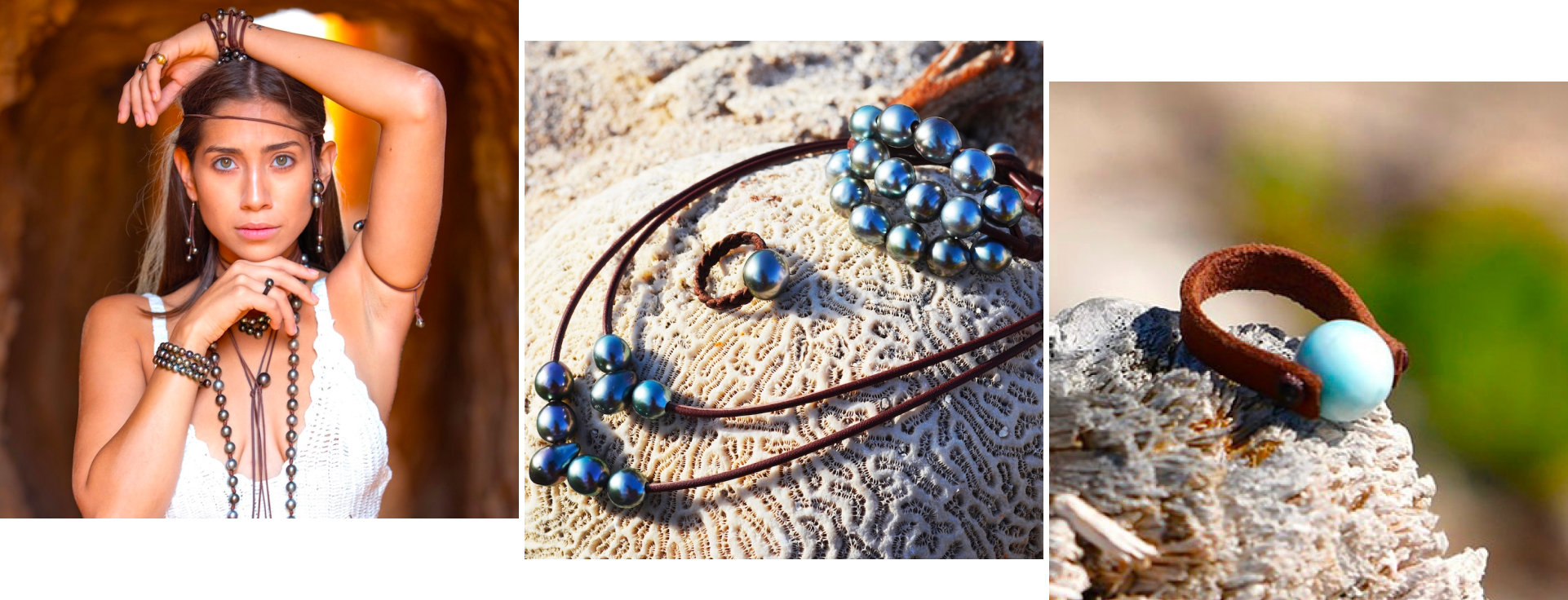
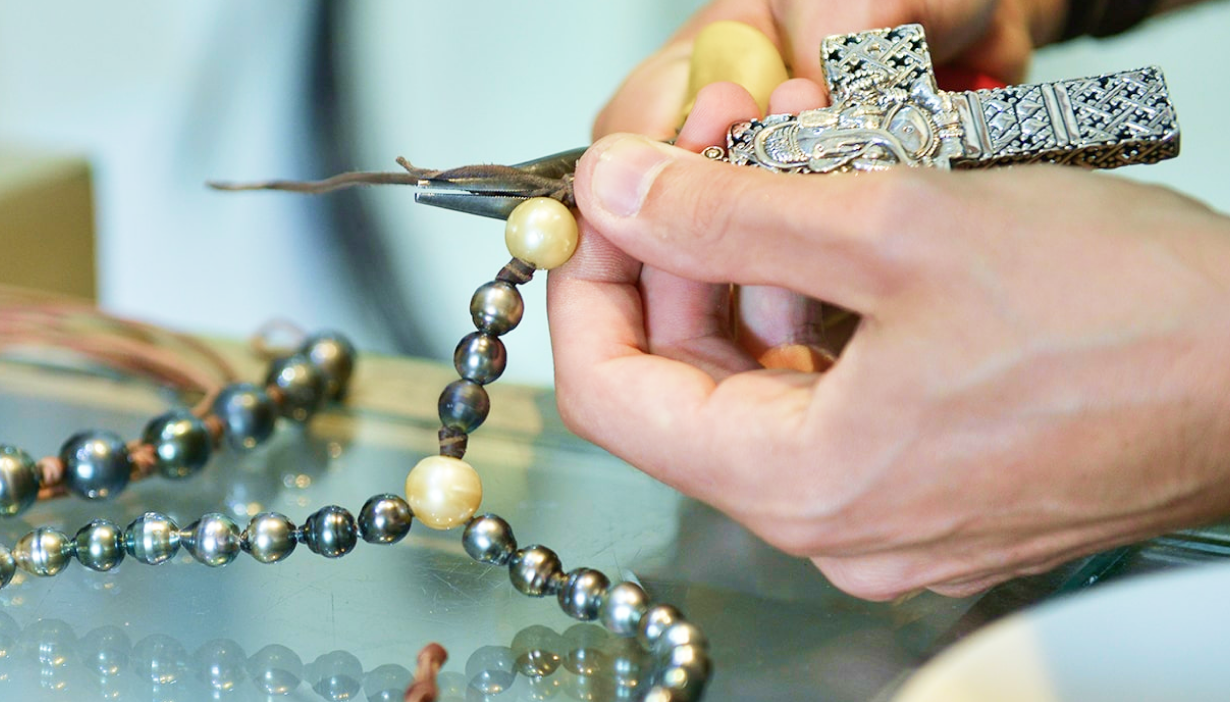
A STORY OF LOVE AND PEARLS
FIND IN THE SAME CATEGORY
Find other unique creations in this same category.
